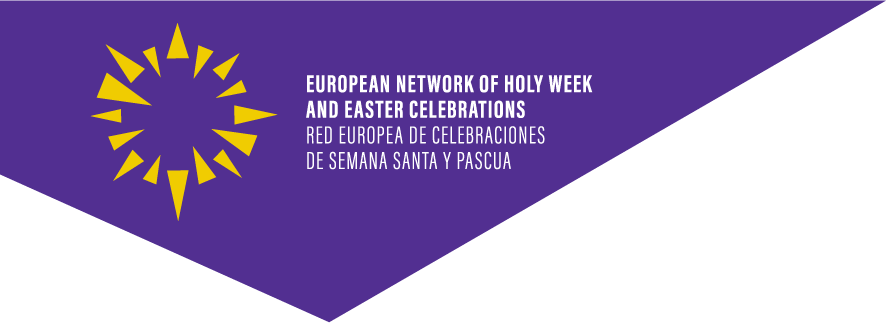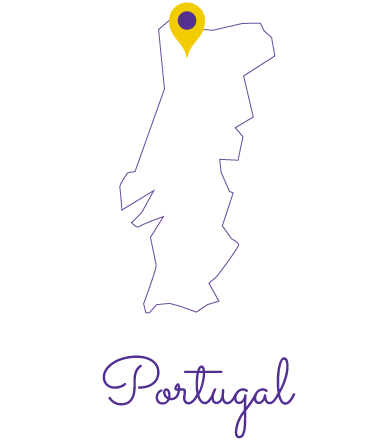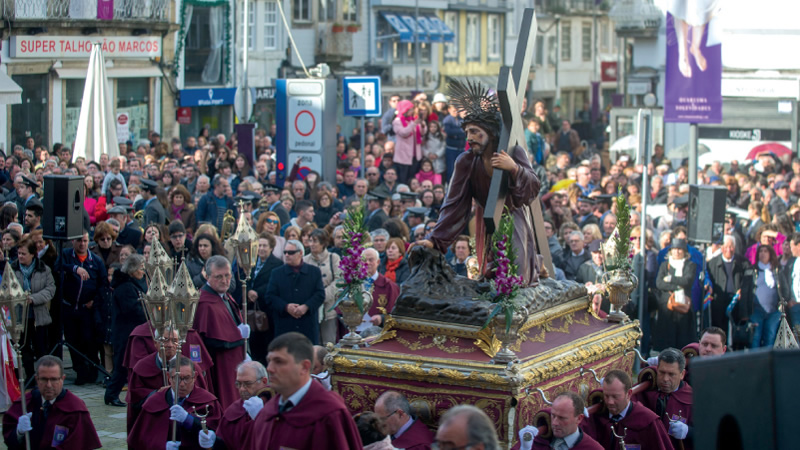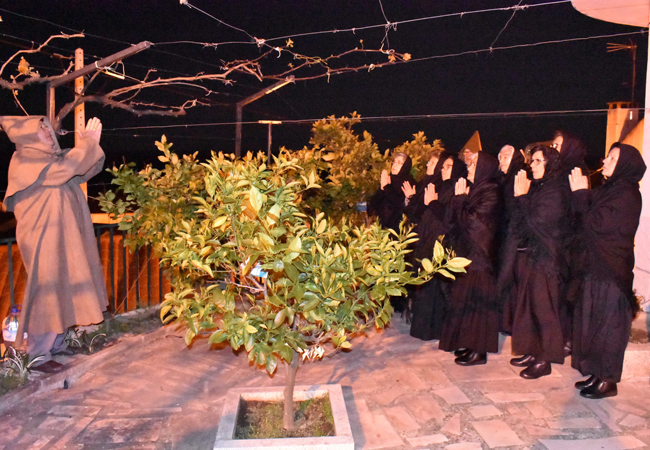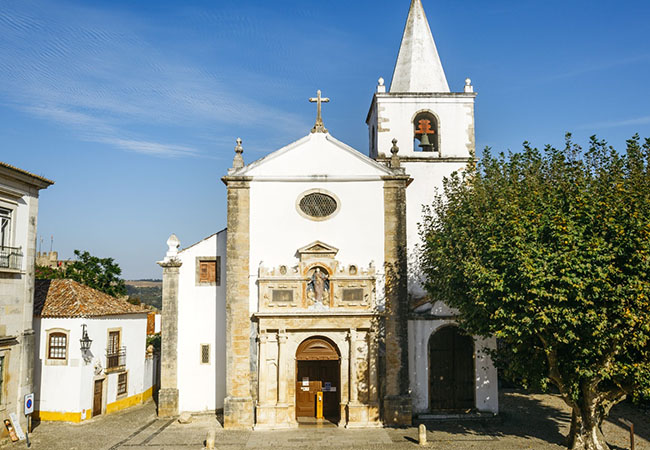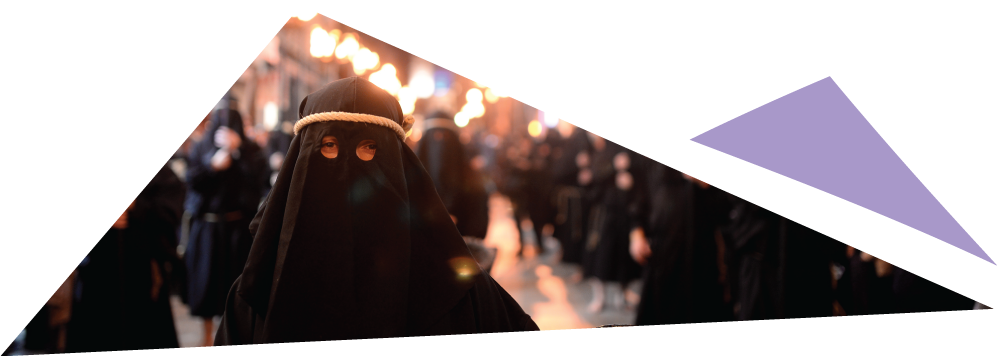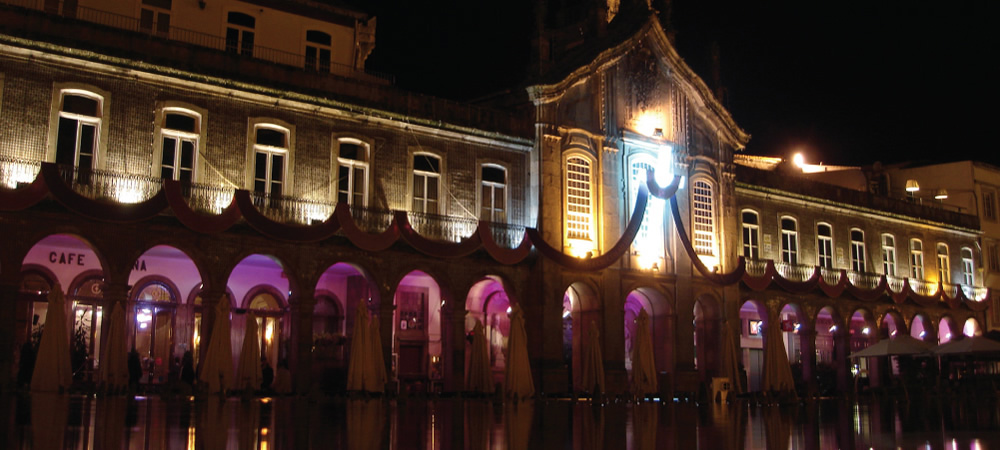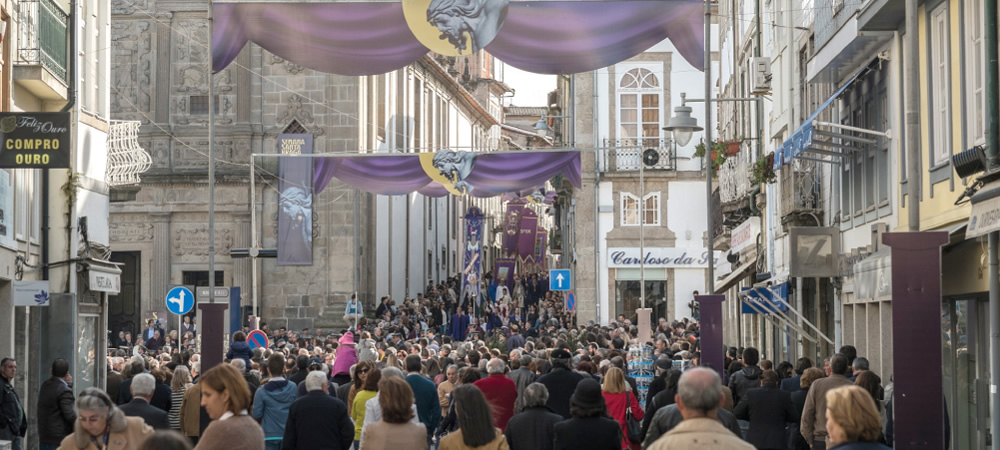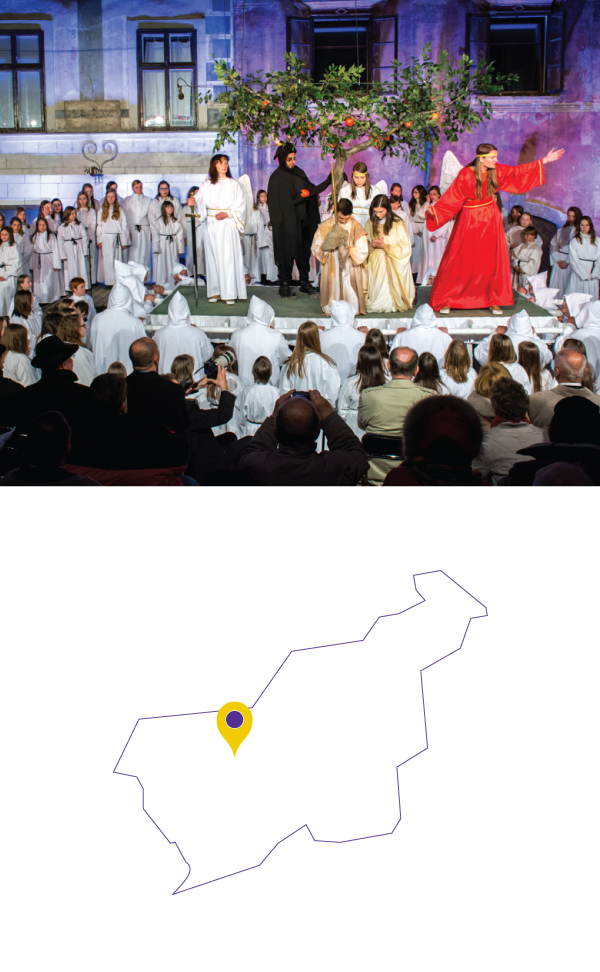Braga is a city located in the far north-west of Portugal. It was the capital of the historic province of Minho and is home to one of the oldest archdioceses on the Iberian peninsula. It is the third largest city in Portugal and currently has a population of around 200,000 and occupies an area of 183 km².
Founded by the Romans more than two thousand years ago, it was the capital of the Roman province of Gallaecia (Galicia) and later the Kingdom of the Suevi. The Roman occupation left countless remains that have been unearthed and preserved in several of the city’s museums.
